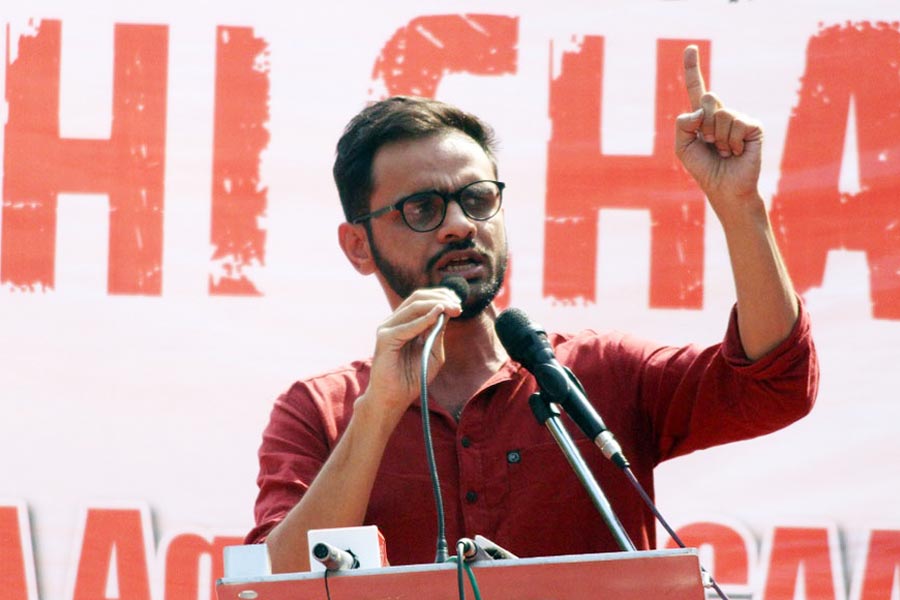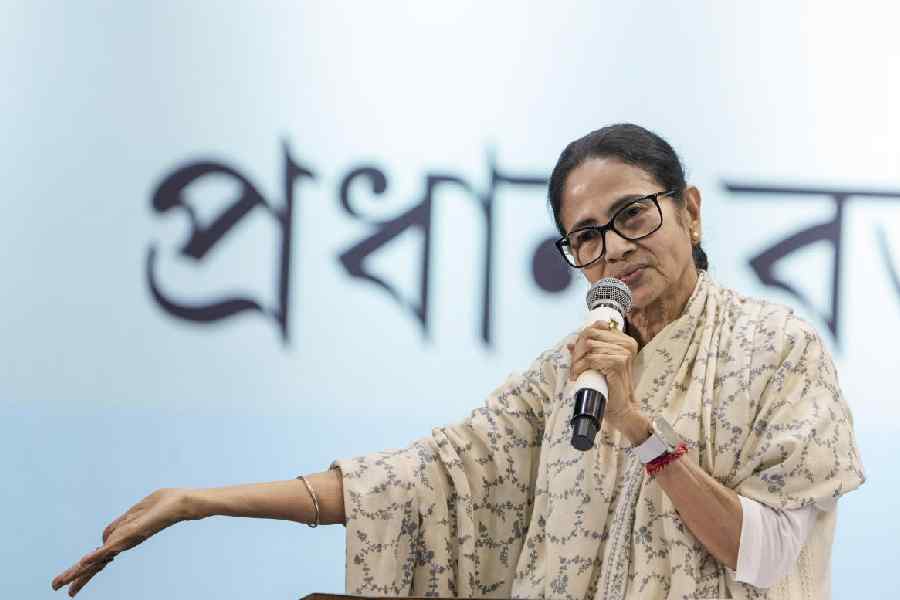The Indian Space Research Organisation (Isro) plans to develop a new high-capacity rocket and launch two more Chandrayaan missions to demonstrate technologies to build a space station and send humans to the moon, chairman S. Somanath has said.
“We have an ambition to land an Indian on the moon by 2040,” Somanath said. “To achieve that we need to make a lot of progress in our abilities. The Chandraayaan missions must continue… we should also build a higher payload capable rocket.”
Prime Minister Narendra Modi had last year asked Isro to work towards establishing an Indian space station by 2035 and to place Indian astronauts on the moon by 2040.
Somanath, in a public talk in New Delhi on Saturday, outlined key objectives of the Chandrayaan-4 mission scheduled for 2028 and a subsequent joint India-Japan Chandrayaan-5 mission demonstrating critical technologies essential for future human landing on the moon.
“The most important element in doing all of this will be the power of the rocket,” Somanath said. Isro’s current stable of rockets — the workhorse Polar Satellite Launch Vehicle and the Launch Vehicle Mark-3 intended for the first Gaganyaan mission — can carry up to 10,000kg into low earth orbit.
But to establish a space station or to send humans to the moon, Somanath said, “we need higher payload capabilities”, typically 30 tonnes (30,000kg) or even more mass. “We are developing a Next Generation Launch Vehicle (NGLV) that will be able to lift 30,000kg into low earth orbit,” he said.
Isro hopes to launch the NGLV by 2031-32. “We’ve created a road map for a transition from current to future launchers, build a space station in an incremental manner and make moon missions possible,” Somanath said delivering the Sardar Patel Memorial Lecture.
Isro’s Chandrayaan-3 spacecraft was the first ever to land near the lunar south pole. Its primary objectives were to demonstrate a soft touchdown and to get an onboard robotic rover to explore the landing site’s neighbourhood.
The Chandrayaan-4 mission will be a lunar sample return mission in which a portion of the lunar module will take off from the lunar surface, dock with a lunar orbit module which will return to Earth. For the Chandrayaan-5 mission, Isro will increase the lander’s payload capacity for a 350kg rover, or 14 times heavier than the 25kg rover carried by Chandrayaan-3. Isro is building the lunar module and Japan will provide the rover for the Chandrayaan-5 mission.
Somanath said India’s space science missions are “not just for optics” but have already yielded an abundance of scientific outcomes and discoveries. Isro also has a broader goal of helping bolster India’s share of the global space economy from the current 2 per cent to 8 per cent by 2030 and 15 per cent by 2035, he said. Towards that goal, Isro is encouraging Indian industries to play a bigger role in building proven rockets for commercial applications.
The Union cabinet on Thursday approved a ₹1,000-crore venture capital fund for space startups. The country’s count of space startups — engaged in technologies relating to launch vehicles and space applications — has increased from one in 2014 to over 250 in 2024.










